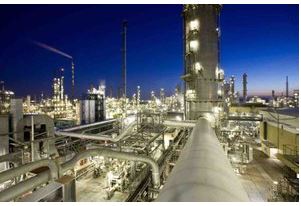
Sydney, Sep 20 (IANS) Australian researchers have developed a new method of making ammonia that could significantly cut carbon emissions caused by the process.
The method, which was detailed in a study published by Melbourne’s RMIT University on Thursday, relies more on liquid metal catalysts for ammonia production and less on the force of pressure, Xinhua news agency reported.
Ammonia is a colourless gas that has been generated industrially for over a century by the Haber-Bosch process, which converts nitrogen to ammonia via a reaction with hydrogen.
Once produced, ammonia is mostly used in fertilisers but also plays a role in clean energy as a carrier to safely transport hydrogen.
According to the new study, the production of ammonia consumes over two per cent of global energy and produces up to two per cent of global carbon emissions.
Karma Zuraiqi, the lead author of the study from RMIT’s School of Engineering, said the new greener method uses 20 per cent less heat and 98 per cent less pressure than the Haber-Bosch process and is as effective at producing ammonia as the current gold standard.